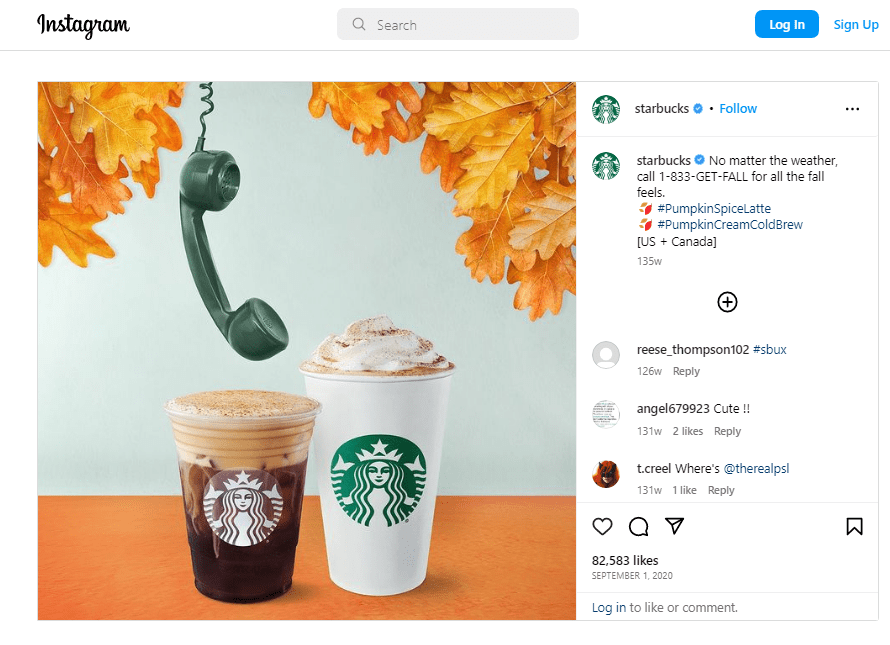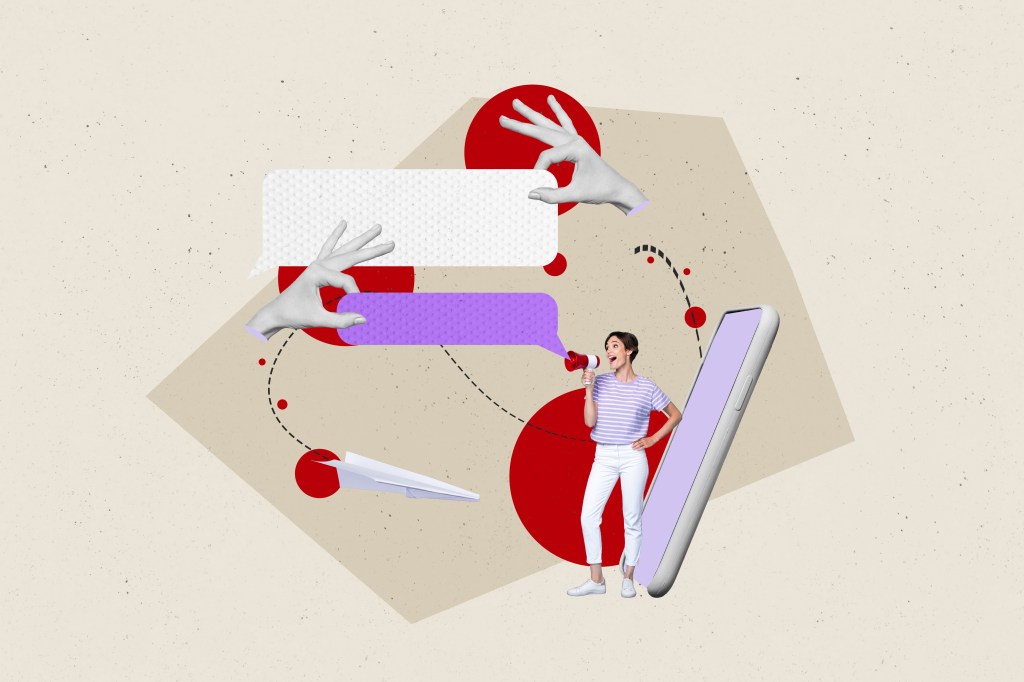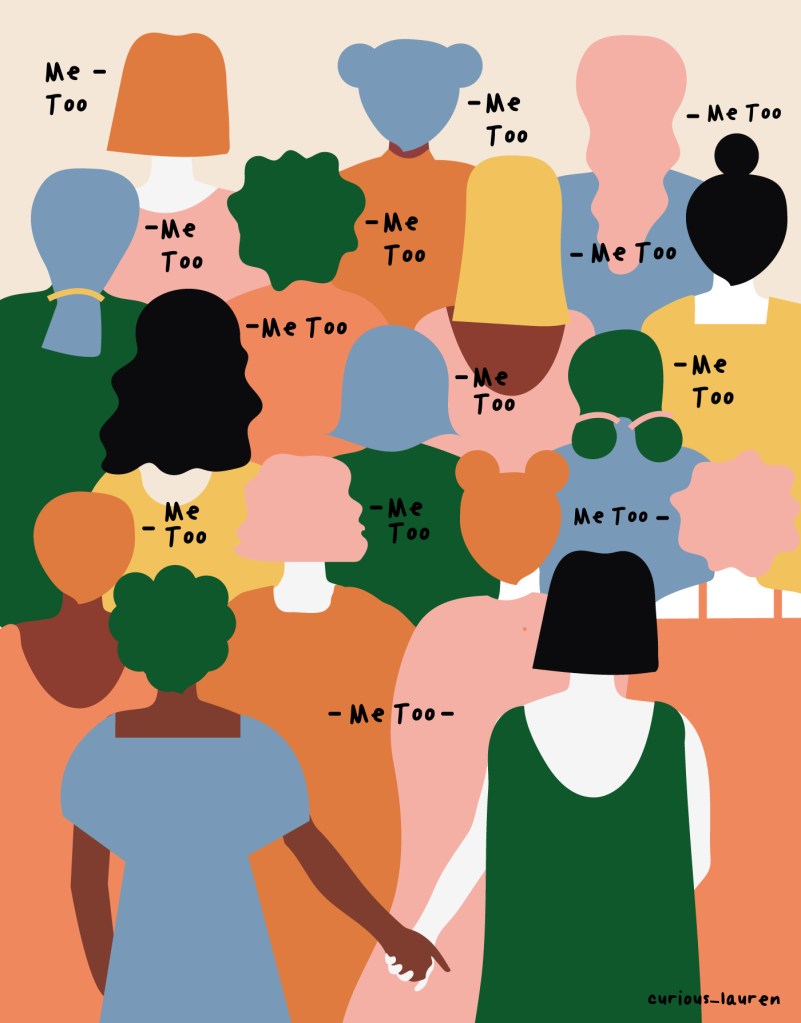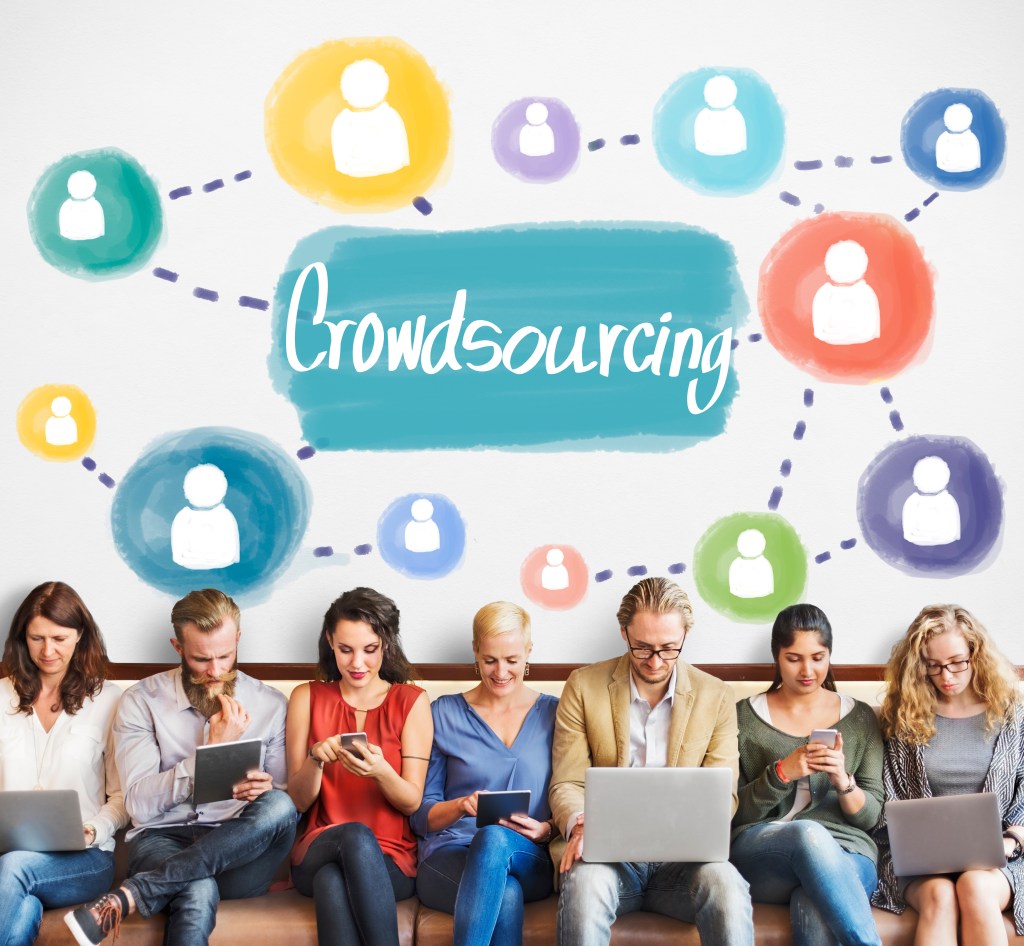
What Not to Do
Since the beginning of social media and the viral spread of knowledge that comes with it, we have seen some unfortunate examples of what not to do when it comes to crisis management. First of all, what constitutes a social media crisis to begin with? Simply put, a social media crisis is anything that could negatively impact your business’s reputation and reception through social media. Imagine one day waking up to a slew of notifications that your brand has received numerous negative responses to a post you or someone on your team created. In 2018, surely the CEO of Meta (then Facebook) Mark Zuckerberg woke up to panic when it was discovered that Facebook had a major data breach in relation to Cambridge Analytica. You would not know it, however, not by the way he handled the situation.
Typically, in a crisis situation, even 15 minutes is too long to wait to respond in order to get ahead of the crisis. Zuckerberg took four days to respond, and even when he did, there was little to no apology in sight. Four days of headlines asking where he was and Facebook users jumping off the platform and demanding action from Zuckerberg all led to a very chaotic and more advanced crisis situation than was necessary. Not only that but the Facebook brand was permanently damaged due to a lack of trust in the company. What we learned from this poor example of crisis management is that marketers and PR teams need to have a plan for how to manage these types of situations and that plan most certainly needs to include rapid response. Proactively, especially when it comes to user data, transparency with users and taking advanced steps towards protecting their data should be common practices to prevent data hacks and cultivate trust with users and stakeholders.
What You Should Do
While there are plenty of examples of poor responses to social media crisis management, there are even more examples of success. Do you remember when KFC (Kentucky Fried Chicken) ran out of chicken? Talk about a crisis! They took immediate action to let the public know why there was a chicken shortage, what they were doing to fix the situation and they did an excellent job of keeping their customers up to date over social media. That said, what I appreciate most about their strategy was that they had a strong understanding of who their customer base is and were able to formulate an appropriate response, with a touch of humor.

In addition to an apology, they knew that the British public had a sense of humor and appreciate a joke. The advertisement above went out and the response was positive. If they didn’t know their audience well enough, they may have been less likely to take such a risk, so it’s important that in order to mitigate crises, brands engage with their audience and gather feedback from the employees at their company who know their audience best.
In February of 2022, I working from home and our company’s main tool for staying connected while working remotely was Slack. Slack is an online messaging application and that month, for whatever reason, the app went down. I remember being confused, management and higher-ups were monitoring the situation and sharing Slack company updates. Temporarily, we switched to Google Chat and enjoyed the transparent, timely updates from Slack as to when they would be available for use again. After the issue was identified, Slack provided regular updates to users via their status page approximately every half hour.
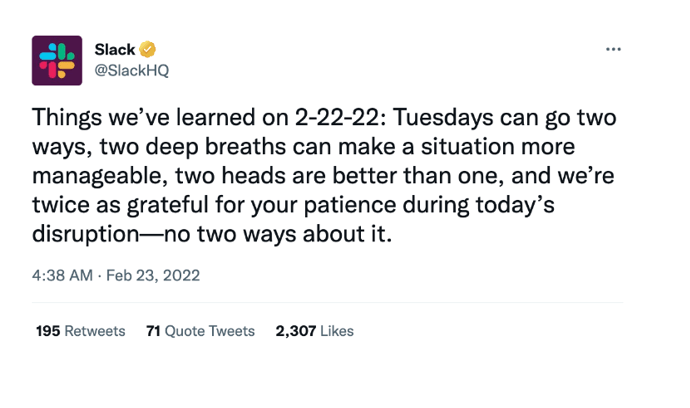
Once again, we see a company that knows its audience and introduces some humor in order to create a light-hearted but considerate update. By being down to earth in their updates, they reminded their users that they too are human and not free from error. I remember when our CEO shared this Tweet and how we all laughed about it later and talked about how we appreciated the clever post. Other people Tweeted similar responses:

So now that you understand some do’s and don’ts when it comes to social media crisis management, what steps have you taken to ensure you’re in good standing when a crisis hits? Need more information? Check out my links below for crisis management resources and guides:
Hootsuite – Tips on social media crisis management
HubSpot – Free Template
Bandwatch – A paid tool that helps you keep track of what people are saying about your brand over 100 sources, and more.
Mention – Enables brands and agencies to monitor the web, listen to their audience, and manage social media.





